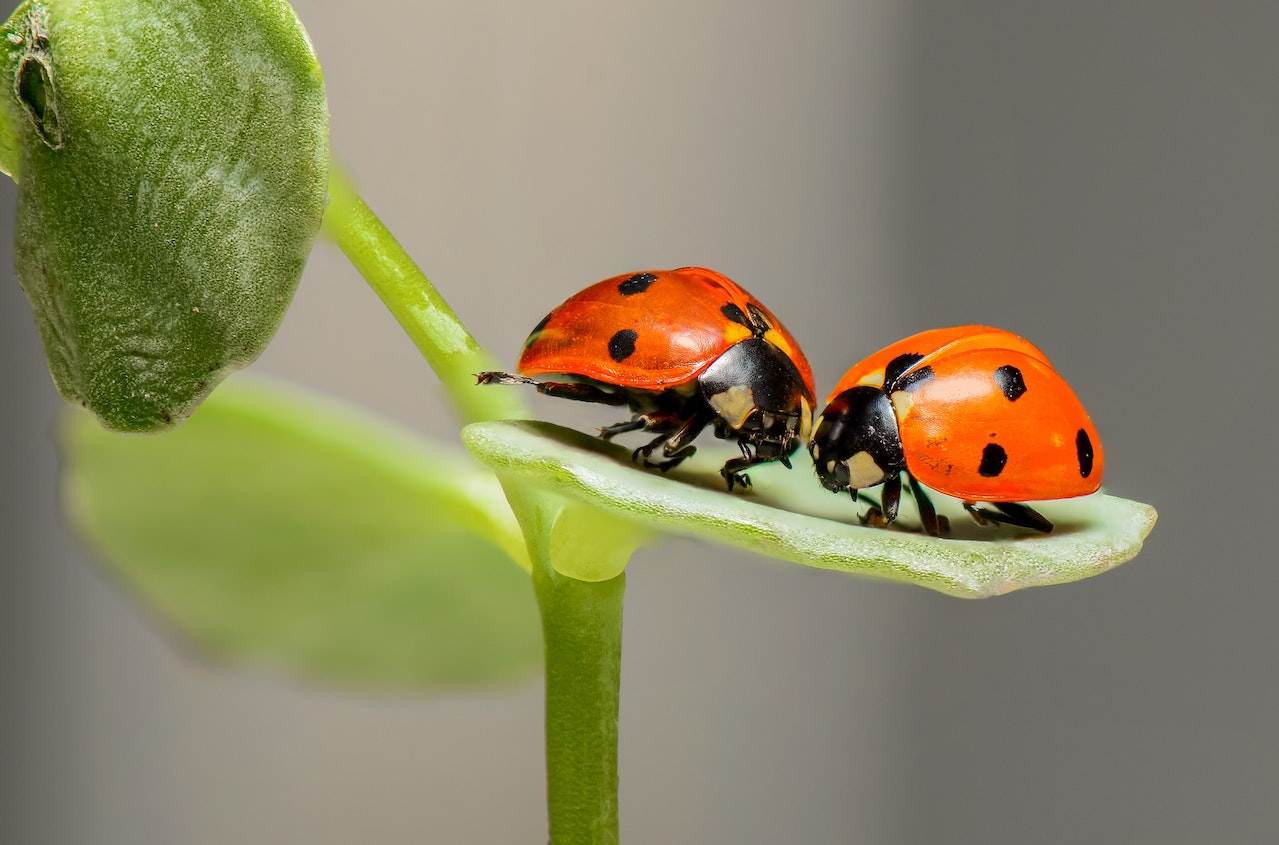Autumn is still a great time to get out in the garden and have fun in the late sun. It’s also a great time to spot plenty of wildlife in the green spaces in the city, including just outside your back door. While most don’t think of an urban city as full of nature, we are fortunate that Sheffield is one of the greenest cities in Europe, with plenty of wildlife and plants to see. However, there can always be more, so we’re going to talk about how you can bring more biodiversity into your garden this autumn.
Wildlife in Sheffield
While Sheffield is known for its industrial heritage, it’s also a city full of green spaces, including community parks, the rugged peak district and ancient woodlands. These natural areas have some fantastic native plants that help local wildlife, such as English bluebells and wood anemones in Ecclesall Woods. But, we also have our famous fig tree forests that line the rivers Don, Sheaf and Porter Brook; a result of the industrial past and now protected. The city is also home to many common urban animals such as hedgehogs, badgers, foxes and even urban deer. But, most exciting is the very rare species we’ve managed to preserve, such as dippers, kingfishers, dingy skipper butterflies and black darter dragonflies. Most of these are part of natural habitats, but the role of home gardeners is vital in bringing more biodiversity into the city. Here’s how you can help with different plants and areas in your garden.
Flowers
Flowers help with biodiversity because they feed pollinators like bees who help us grow food by pollinating vegetables and fruit. They also bring other bugs into the garden, which feed other wildlife like birds, bats and beneficial insects. Flowering plants also absorb carbon from the atmosphere and can help reduce air pollution in the city; a major problem in Sheffield.
To make the most of flowers for biodiversity you should choose native varieties because they support native wildlife. You should also plant with variety in mind; small flowers, tall flowers, ones that flower at different times of the year and an abundance of colours. Don’t be too clean when looking after your garden either, allow flowers to die back naturally and litter the floor as bugs and beetles love to munch on dead leaves and petals.
Trees
Trees, bushes, and shrubs are also very handy for wildlife and the environment as a whole. They help biodiversity because they mimic the natural forest habitat wildlife needs, providing food, shelter and nesting for birds, insects and mammals. Trees and bushes also draw carbon out of the atmosphere and reduce soil erosion and therefore flooding which is a bonus for Sheffield, a city prone to flooding.
Though, we realise not everyone has the space for these types of plants, here are some tips if you can. Provide a variety of plants of different heights, widths and densities, if you don’t have lots of space vertical gardening may be something you’d like to explore. Choose native and near-native species to support local wildlife and prune and trim annually to ensure long-term health for the plants.
Brown Waste
The not-so-pretty side of biodiversity is brown waste. It can seem like a mess in your garden, such as leaves, twigs and that big pile of trimmings from a hedge, but they all contribute to increased wildlife, so this is your excuse to sit back! Brown materials improve biodiversity because they provide somewhere for bugs, beetles, and mammals to live and feed. Plus, when they rot down they feed nutrients in the soil and boost insects like worms, centipedes, spiders and slugs, all of which feed something else in the garden.
To help your garden critters, don’t tidy your garden too well; leaving leaves to rot in place, and leave piles of twigs and hedge trimming in an area to provide shelter for animals like hedgehogs.
If you do clear away brown waste, compost it to make use of the carbon-rich material, which boosts soil production. Plus, free compost!
Water Habitats
While not possible for everyone, adding water to your garden is a great way to help wildlife in your area. Water sources in a garden can provide a natural habitat for insects like dragonflies, and butterflies and amphibians like newts, frogs and toads. Water also gives birds and mammals somewhere to drink and bathe, as well as eat the pondlife it creates.
If you have the space and money, building a pond can be very beneficial, and it doesn’t even need to be that big. Choose native and near-native plant species that provide shelter and oxygenate the water. Remove algae periodically as too much will starve the pond of nutrients for animals and plants.
If you can’t install a pond, add a tub or bird bath and top it up with water frequently. Ensure you clean it occasionally so it’s safe for animals to drink and bathe in. If it’s close to the ground, make sure to add rocks and stones so animals can get in and out with ease.
Benefits of Biodiversity
While boosting biodiversity in your garden can benefit plants and wildlife far and wide in Sheffield, it also is great for your local community. By building a strong environment you’ll help local farmers boost their yields through pollination, with delicious local food in return. Creating places to relax and exercise that are healthy and beautiful will boost your and your family’s mental and physical health. Plus, with a greater abundance of plants, you can reduce air and noise pollution in your local area, which everyone can benefit from. Follow us at @sheffoodsocial on Instagram and Facebook for more eco-tips to help Sheffield.
—
ShefFood is the food partnership for Sheffield. They are a cross-sector partnership of public agencies, businesses, academic and community organisations committed to working together to create a more sustainable food system for Sheffield. For more information or to get involved, please contact ShefFood’s Partnership Coordination Team at info@sheffood.org.uk.

